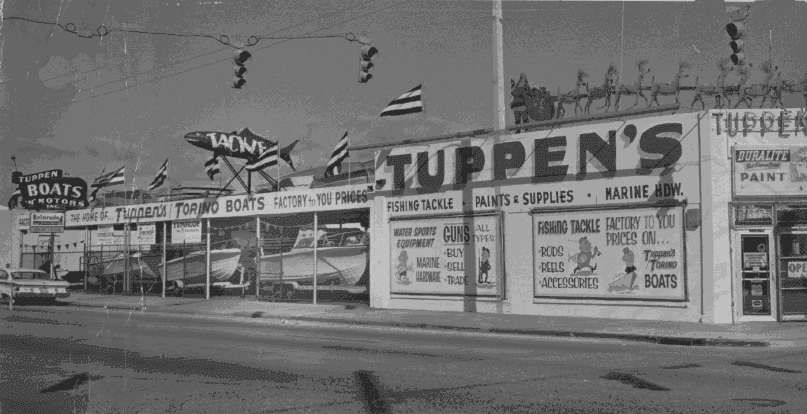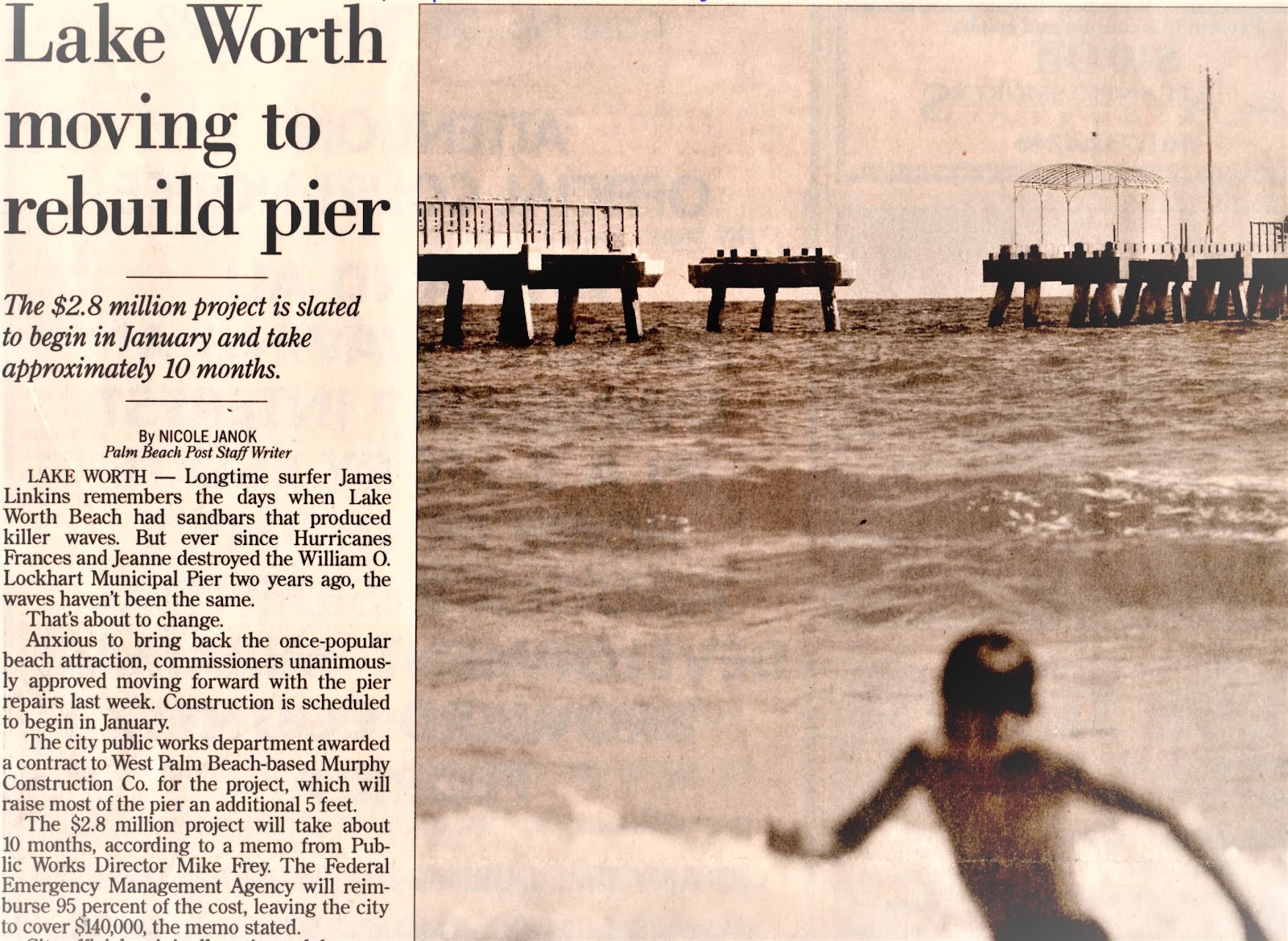What if Lake Worth were to cleave off 5% of the new commercial and residential development expected in the county over the next five years? Since 2007, Lake Worth had a de facto moratorium on development due to land development regulations that were "in flux" for eight years. Banks and investors don't like things "in flux", but it didn't seem to bother the elected and appointed officials we had at the time. We paid a heavy price for that as a city. We lost more property than any other municipality during that period and, as a result, only $5 million of our city's budget comes from property tax. By building a wall around Lake Worth and posting "Go away, we don't want you" signs (Which isn't far from the truth. Then Commissioner Jennings wanted big signs placed at our major entrances proclaiming LAKE WORTH WATER CRISIS - ENTER AT YOUR OWN RISK.). Far from being environmentally sound, that attitude pushes development to "green fields" far from transit, dependent on the automobile and in need of infrastructure to serve it. Were that development to occur in Lake Worth, it would likely improve upon the infrastructure that is already here and help spread the tax base burden more evenly, not so dependent on residential properties as it is now.
The good news is that we do have a set of land development regulations in place, that will be tweaked over time as issues arise, but they lay a firm regulatory groundwork that we didn't have before. This should make Lake Worth more attractive to the investment and development community. It would also prove to be less adverse to our environment and ecology in the long run. The city has set up an open house at the Casino Building that will explain our new regulations to a group of people made up of land use attorneys and, of all things, urban planners next Thursday from 6 to 8 p.m. Invitations have already gone out. If we are to survive and be sustainable, we need to attract new investment and help explode the myth that it is easier and cheaper to develop green fields that to have urban in-fill.
"There certainly is an upswing in activity," said Skeet Jernigan, of theAnd this...
Community and Economic Development Council, which represents South
Florida builders. "Raw land, green land is the raw material of the
development industry."
While county guidelines are supposed to encourage redevelopment near existing roads, schools and other infrastructure, developers often prefer to target farmland or other undeveloped property, which can cost less and provide more room to build.
"It is infinitely easier to develop on green fields than it is on previously developed parcels," Jernigan said. "There is pent up demand."
Much of the demand for land is getting directed at citrus groves, pastures and other agricultural property in Loxahatchee.
The County Commission in October approved revived plans to build 2,000 homes on 1,200 acres once planned for rock mining at Palm Beach Aggregates, west of Royal Palm Beach.





